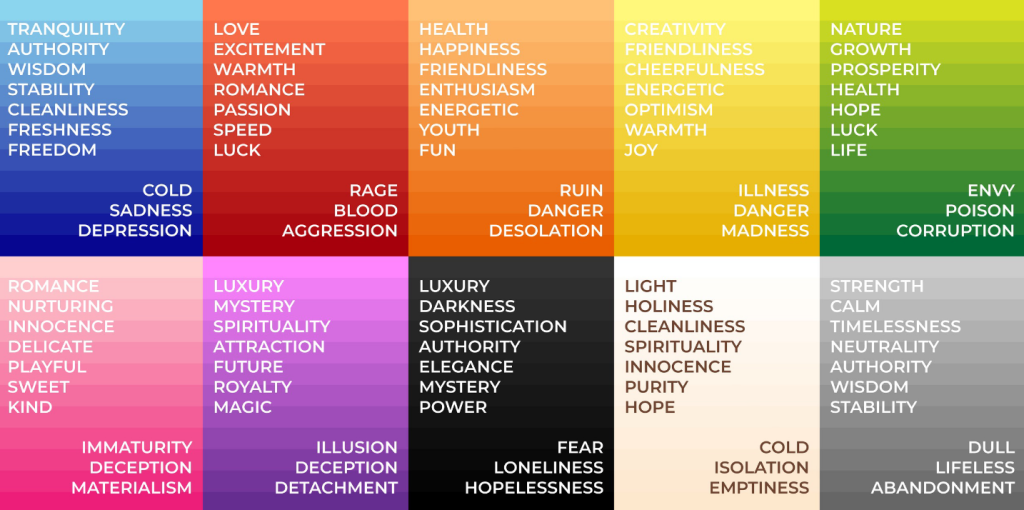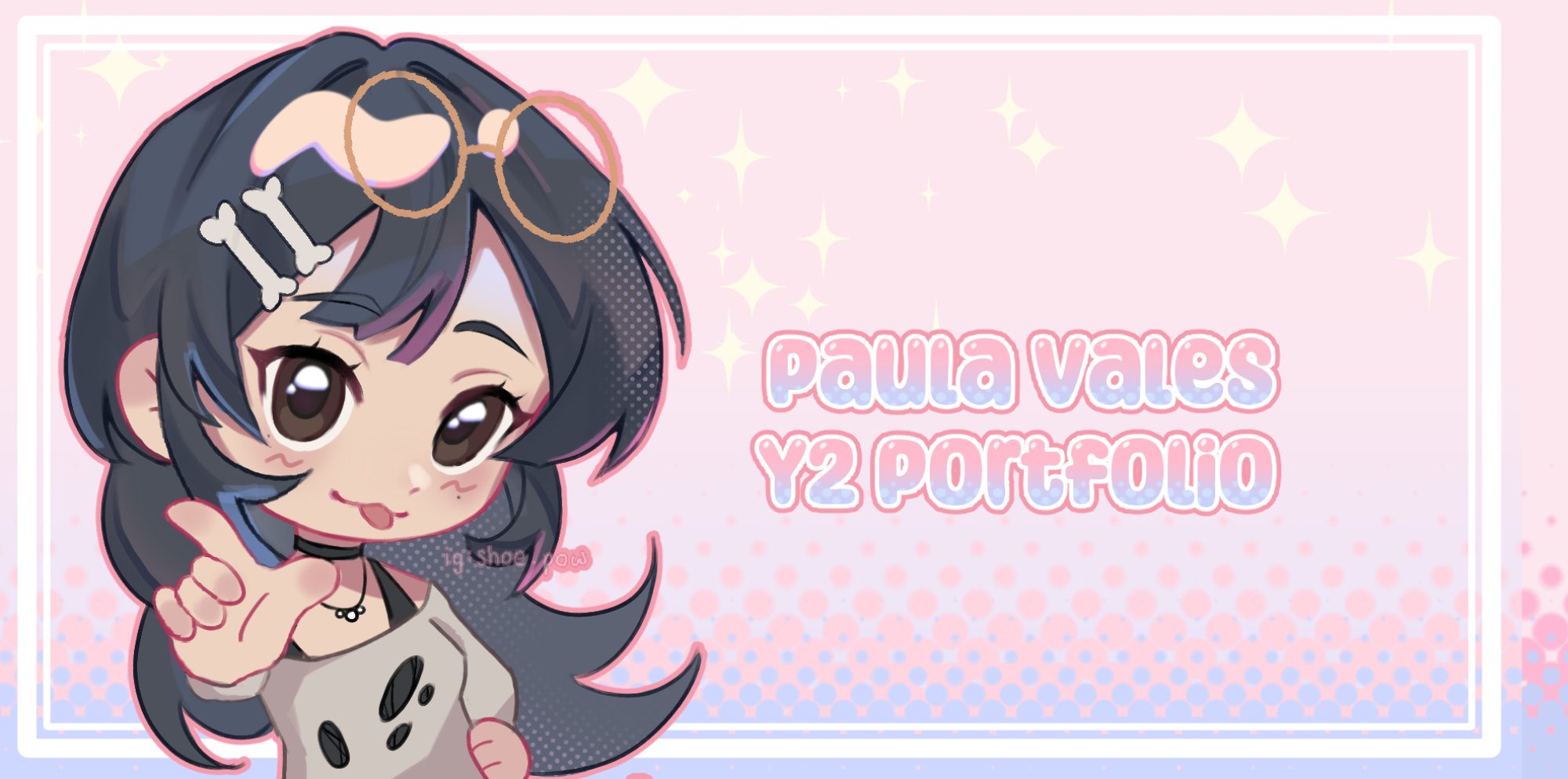Articulating Essential Experience
In this workshop, we focused on looking into our essential experience and and further developing them into a more sophisticated idea(s).
After giving us time to produce a mind map of our game theme for this semester, it was time to start thinking about our game’s essential experience more in depth. This workshop explores what we want to express in our games and how we will do that.
The first thing we were told to think about was what type of experience we’d want to give and a verb. E.G. To have the feeling of overcoming demons from an unbalance environment. To make the player thoughtfully consider certain aspects of life. At this point in time, I hadn’t nailed down the main events in my game but I did know for certain that I wanted to make a psychological horror game. In these types of games, it’s common for the player to feel a sense of dread.
What do you feel when you look at these images?

When coming up with your game’s essential experience, think about these questions:
- What is the experience?
- What is essential for that experience?
- How can my game capture that essence?
Activity 1: Behaviours and experiences
In this exercise we needed to use physical materials and write down what we want our players to experience
IMAGE HERE – I want my player to feel a sense of unease and pity
What do I know about feeling these emotions? But first, let’s define these emotions; When a player feels unease, they might feel uncomfortable with a certain event or a character and when a player feels pity, they can empathise with a character and understand why they have chosen a certain path. The factors that influence these emotions are the storyline, events that take place, and the characters. The smaller things that some may not think about too much in depth are the sounds, or lack thereof and perhaps small decorations in the background. One thing I want to research in depth is my essential experience; When I start doing it, I may want to ask myself, why do people feel unease in certain situations and ask myself, when have I ever felt pity for something or someone?
Activity 2: Emotion wheel

We were also given out a handout of Dr. Robert Plutchik’s Wheel of Emotions. This image shows a wheel of different emotions that fan out into other emotions. After looking at this diagram, we were instructed to write down what our essential experience is on a post it note and stick it on a grid with 4 different emotion states at the points.

Activity 3: Play structures
At this part of the lesson, we started to look at play structures and how we can apply this to our essential experience. Pay structures and a metaphor for level design that can assist a variety of play.
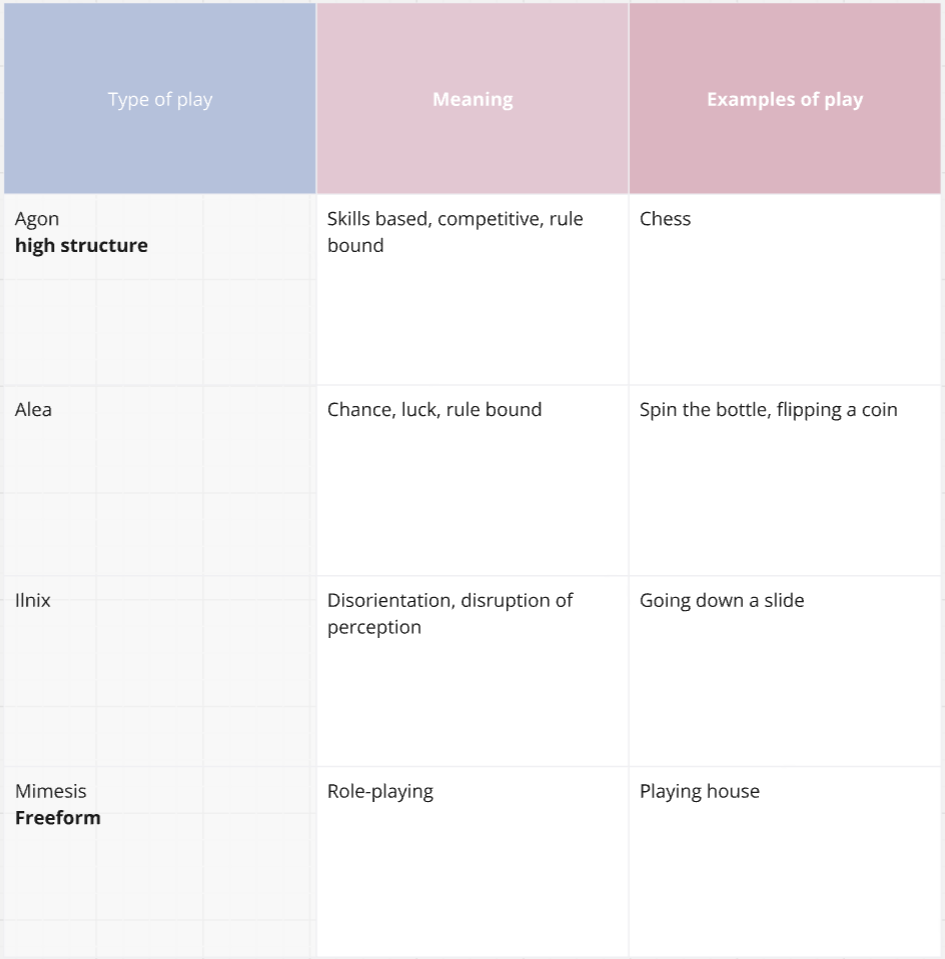
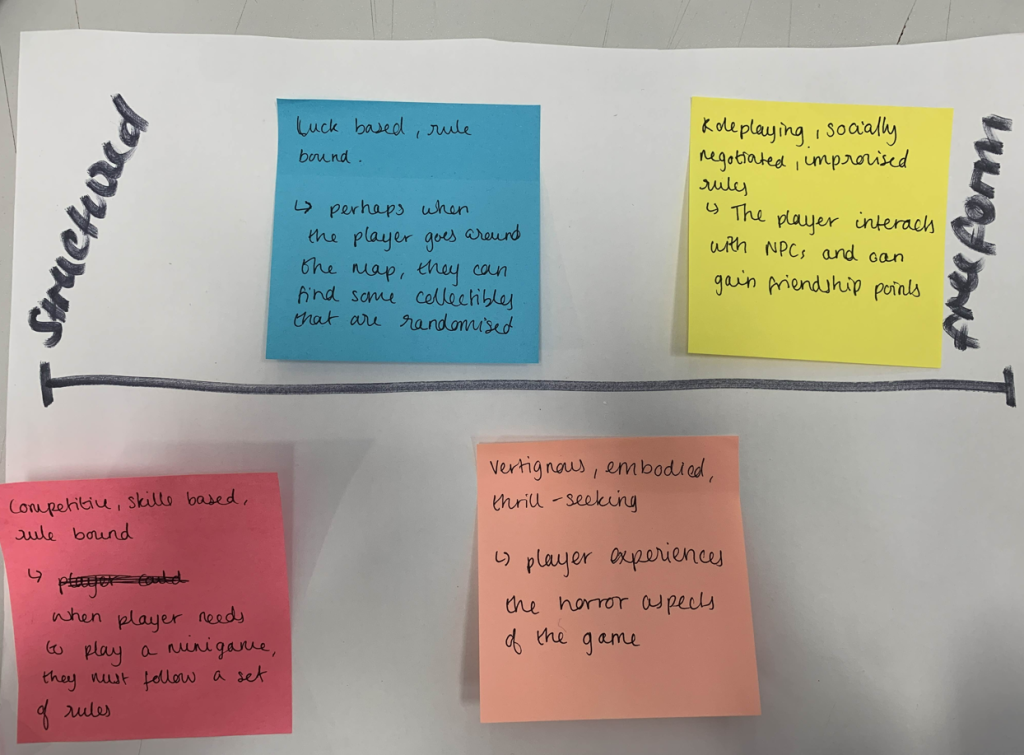
Concept art
On Thursday we looked at concept art and were given tips about concept art before we start producing it ourselves. In art, there is so much more to art than technical ability, as artist we need to remember:
- Having a wide knowledge of different visual styes and their affective power will serve us greatly
- Texture, colours and shapes all have meaning and their own roles to play in your pieces
- Leaning into collages is a great way to present your work, references will still need to be carefully selected.
There are also different ways to produce reference sheets for your character:

Reference sheets are very important to an artist, especially if the concept is outlandish and fantasy based. When I produce character art / general concepts my first instinct is to head over to Pinterest and stick them on a PureRef document, mainly when I’m on my computer and need body pose refs. I have done many pieces of work where I did not have references and the art piece would always take very long, the end product would also not look its best. In conclusion, reference sheets should be made with careful consideration and not images you randomly find, sometimes reference sheets take a while to make and that’s ok! Reference sheets give you the power as an artist to elevate your work further, it can help with anatomy, colours and perspective.
Examples of concept art:
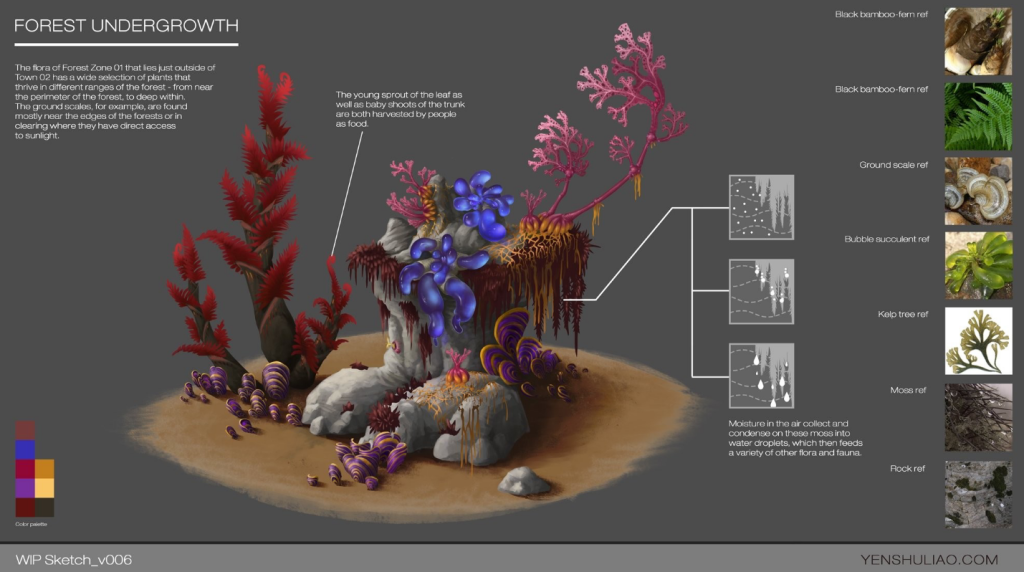
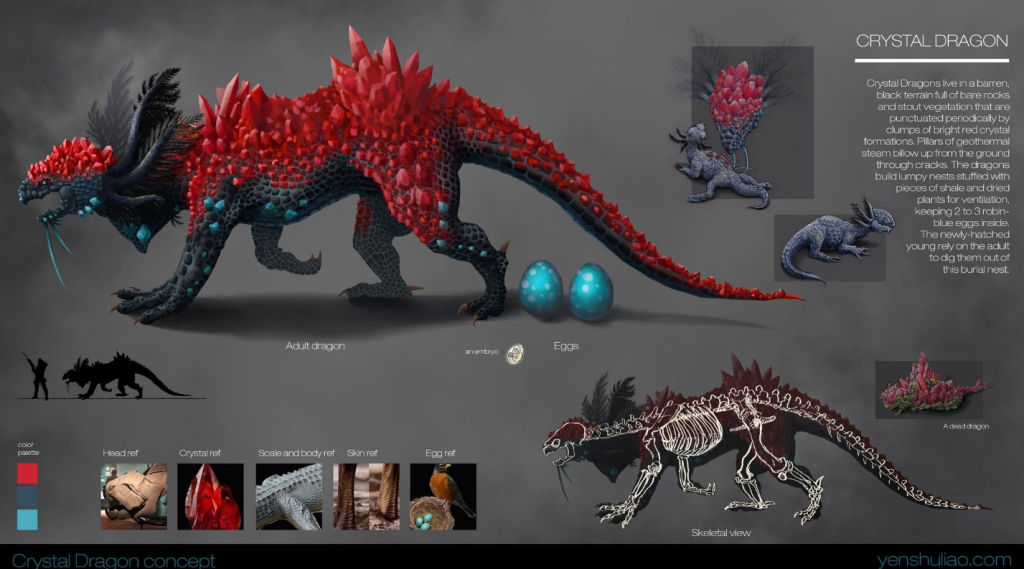
Colour language
The last thing we looked at today was colour language and how important colours are to pieces.
